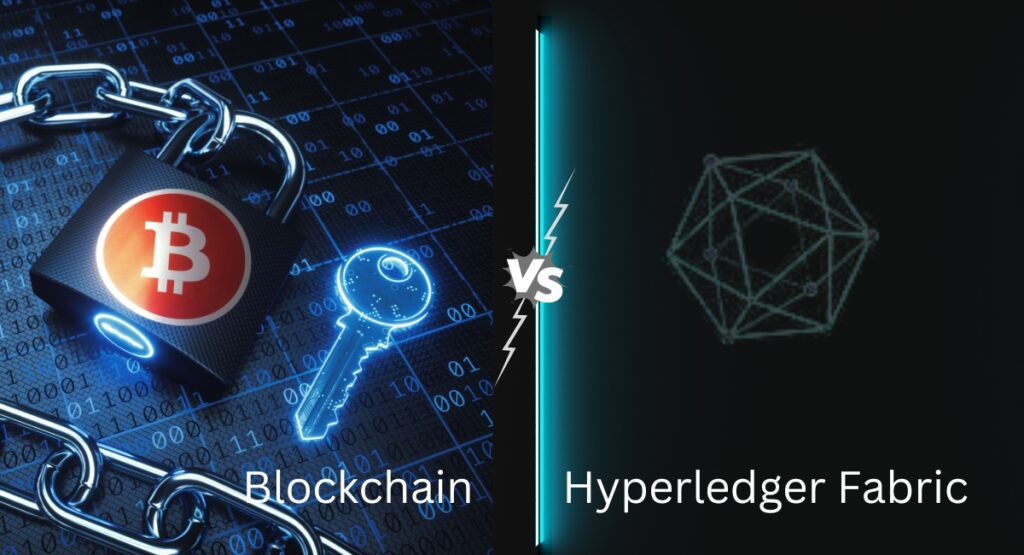The world of distributed ledger technologies is evolving rapidly, with blockchain and Hyperledger Fabric leading the way in transforming numerous industries. While both frameworks enable the creation of decentralized networks, they have distinct characteristics that are suited for different applications.
Key Differences Between Blockchain and Hyperledger Fabric
Programming Languages Support
Blockchain technology, as a broad category, caters to a multitude of programming languages based on the platform in use:
- Ethereum: Known for popularizing smart contracts, Ethereum supports Solidity and Vyper specifically designed for these contracts, alongside general-purpose languages like JavaScript, Python, and Go.
- Other Blockchains: Platforms like Corda, EOS, and Hyperledger Fabric each have their own supported languages. For instance, Corda allows for Kotlin and Java whereas EOS cater to C++ developers.
Hyperledger Fabric, on the other hand, distinguishes itself with support for languages commonly used in enterprise environments:
- Java: A staple language known for its portability and robust ecosystem.
- Go: Valued for its simplicity and efficiency especially in concurrent processes.
Thanks to the flexibility in programming languages, different blockchains can attract a diverse development community. Ethereum, being one of the most popular platforms, has notably contributed to the overall growth of developers in the Web 3 space.
Developer Community Growth
The number of developers venturing into Web 3 and blockchain projects is a testament to the burgeoning interest in the field. While the approximately 80,000 developers working on blockchain projects as of 2020 seem modest compared to the vast pool of Web 2 developers, the trajectory points to sustained growth and innovation within the Web 3 space.
Use Cases & Industries
Each technology excels in different scenarios, typically driven by the need for trust, transparency, and immutable record-keeping.
Blockchain (General):
- Supply Chain: With its global reach and the inherent need for traceability, blockchain offers immutable records for tracking goods from production to delivery.
- Social Media: New platforms are leveraging blockchain to create censorship-resistant and user-controlled content spaces.
- Voting Systems: Ensuring transparency and security in elections, blockchain can bolster trust in democratic processes.
- Government Data: Storing critical data on blockchain can reduce fraud and increase accessibility for public records.
Hyperledger Fabric (Enterprise Focus):
- Financial Services: Enables confidential transactions and smart contracts without cryptocurrencies, which is preferable for many institutional players.
- Healthcare: Empowering patient data privacy while allowing for secure and shareable records.
- Identity Management: Providing a robust framework for digital identity that can be trusted and verified across organizations.
Hyperledger Fabric is particularly distinguished by its permissioned nature, meaning that unlike public blockchains such as Bitcoin or Ethereum, participants must be authorized to engage with the network. This aspect makes Hyperledger Fabric an attractive choice for businesses that require privacy and have complex governance requirements.
Conclusion
Both blockchain and Hyperledger Fabric symbolize significant advancements in distributed ledger technology, each fitting different needs and niches. Blockchain, with its spectrum of platforms supporting a variety of languages and large developer community, fosters innovation and wider adoption in public and decentralized applications. Hyperledger Fabric, meanwhile, offers robust solutions for enterprises seeking permissioned, private blockchains with tailored network governance. The choice between blockchain and Hyperledger Fabric depends largely on the use case, industry, and specific requirements for transparency, security, and governance.

